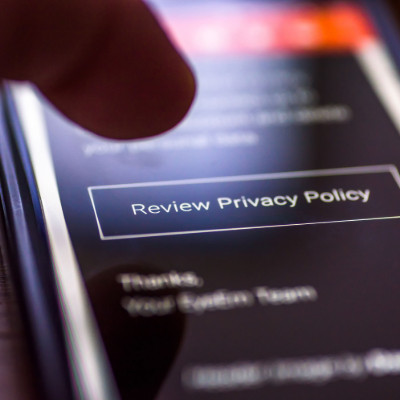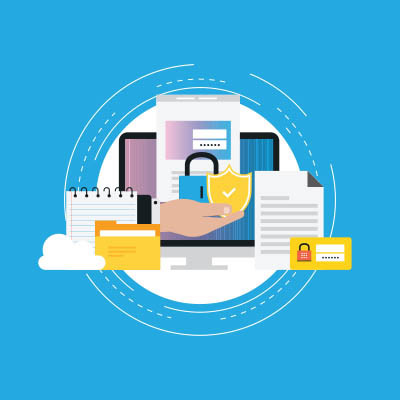Cambium Data Blog
With the papal conclave—the sequestered selection of a new pope by the Catholic Church’s College of Cardinals—beginning today, it seemed timely to consider how this centuries-old tradition has maintained its incredibly high level of secrecy and security over the years.
After all, there may be a few lessons and insights we can glean from their process and apply them to your business and its privacy.
Just about all companies collect data, including many you work with. Your business too collects data from customers to aid in its operations. In terms of your own privacy, though, you should take certain measures to protect your personal data. Here are some of the ways you can combat the predatory practices of advertisers and cybercriminals alike.
There has been a good deal of controversy about how personal data has been collected, sold, and used over the past few years. Companies of all types package and sell data to create a valuable extra revenue stream for their business, and while this should be thought of as a side effect of all the data that is created by people, it can also create some pretty difficult situations to try and navigate. Today, we’ll take a look at the data-broker loophole, how it works, and what can be done about it.
A lot of people don’t take cybersecurity and data privacy seriously enough, and that puts both them and others at risk. We’ve all gotten used to sharing personal information online—whether it’s on social media, shopping websites, or other digital services. But if we’re not careful, this can lead to big problems like hackers stealing your identity or money. When people don’t use strong passwords or turn on two-factor authentication, they leave gaps that hackers can take advantage of. These gaps don’t just affect individuals—they can lead to bigger cyberattacks that hurt entire organizations or communities.
Cybersecurity tops the list for any business’ needs, particularly when one considers just how many threats are out there today. This makes it essential that today’s businesses (yours included) put an assortment of cybersecurity tools and protections in place.
We’ve assembled a list of the ones we recommend.
Technology continues to play a major role in healthcare, especially as it has become more prominent. Through technology, the healthcare industry has been able to stabilize costs, improve access, and personalize care delivery—challenging concepts in years past. That said, these innovations come at the cost of potential issues with data privacy… issues that become more prominent as technology becomes even more advanced.
Personally identifiable information—or PII—is critically important data for individuals and businesses, not only because operations rely on many of these data points but there are also significant circumstances for losing it. Of course, to properly protect PII, you need to know what the umbrella term of PII includes.
Let’s talk a little bit about deepfakes. If you aren’t aware of this technology, deepfakes are essentially synthetic media. Typically they come in the form of videos or images that use artificial intelligence (AI) to replace a person’s likeness with another’s. With deepfake technology, people can convince an audience that a person said something they didn’t say. This deliberate digital subterfuge can bring with it a whole lot of problems. This week we will outline a few of them.
Data privacy has never been such an important issue for businesses and individuals alike. In some places, calls for overarching legislation to protect consumers have often been met with significant pushback by lawmakers who are reluctant to put extra regulations on businesses, while others have passed important laws dictating how organizations handle individual data.











